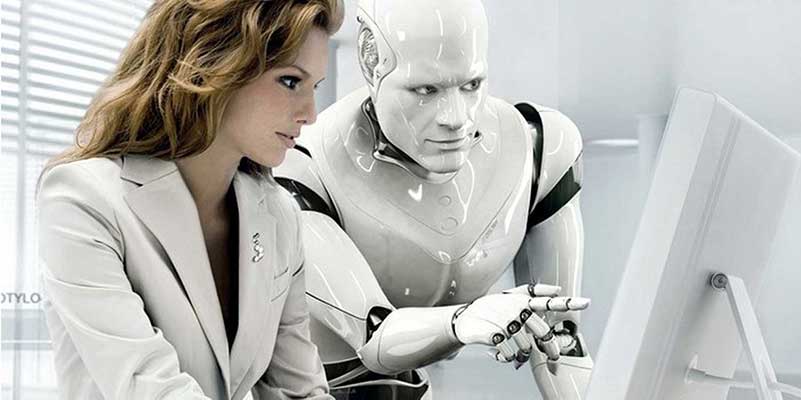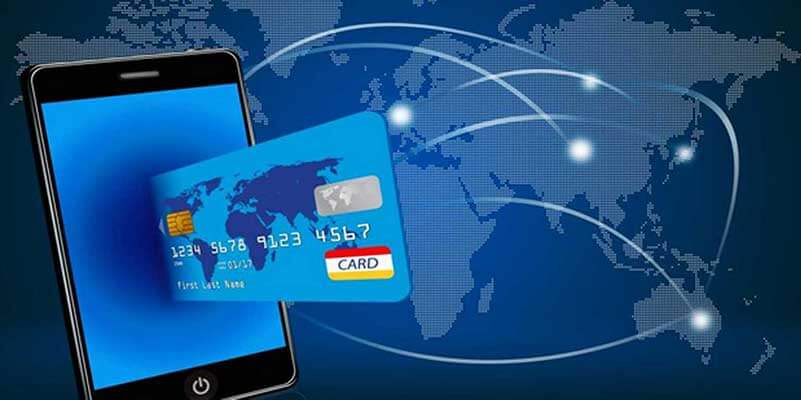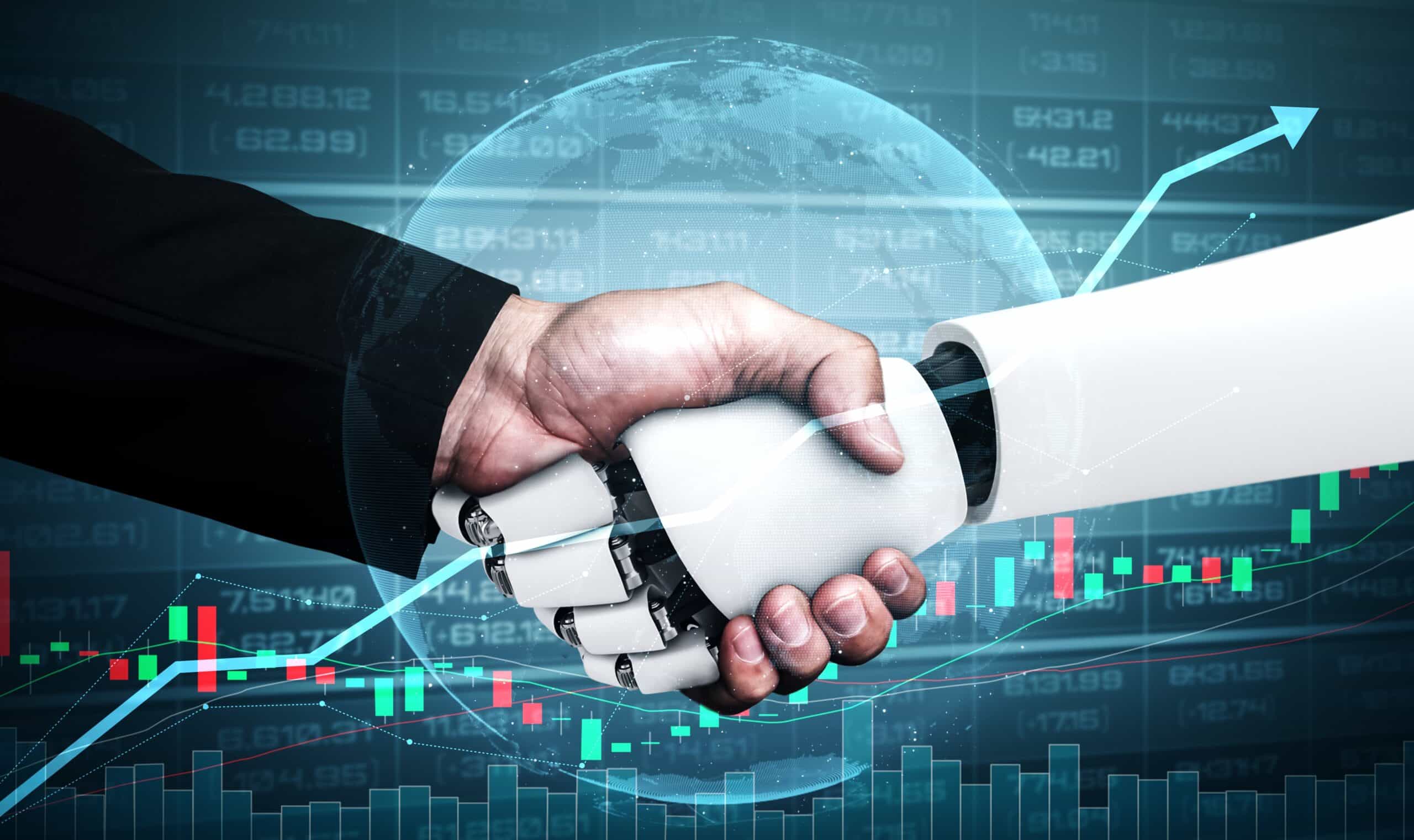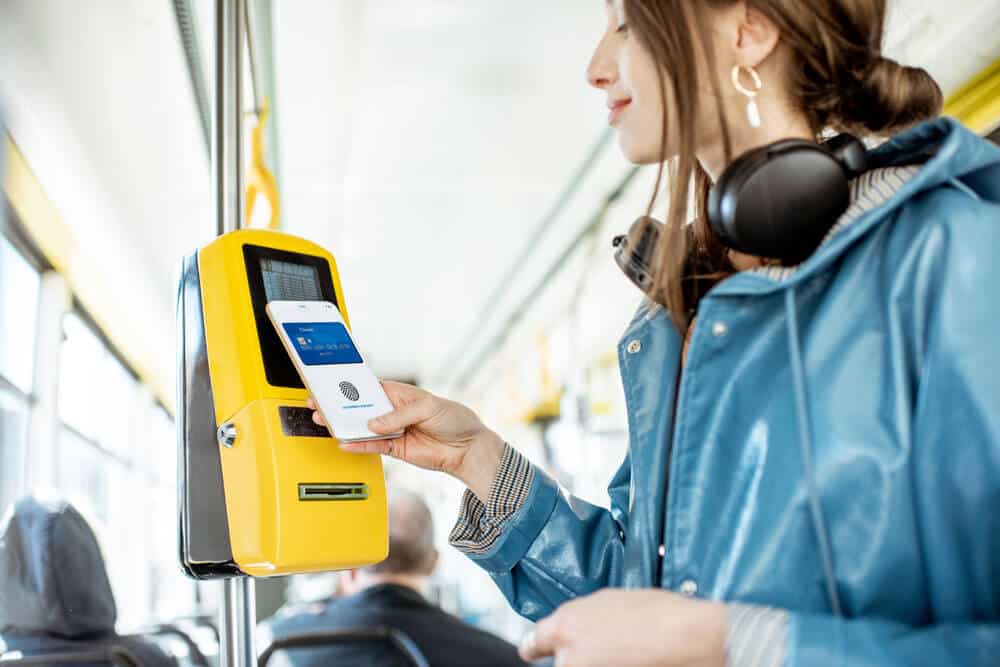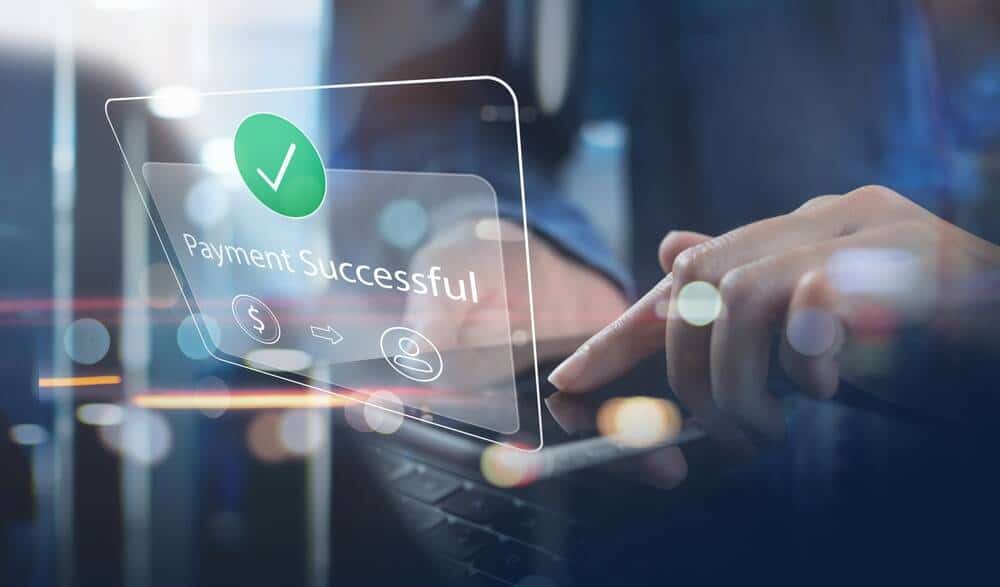Finance is what makes the world turn around. Well, not literally, but sort of. Whatever you want to do, you mostly have to pay for it, or someone has to pay you to do it. With this comes finance management and many other things. Finance is one of the sectors that would be majorly influenced by technologies of tomorrow. Your bank manager might be a robot, and when you enter a bank, you might not see people in it, but only screens and virtual presence devices!
Banks could be totally automated – there are no obstacles to this, and we will probably see this very soon. Completely online banks and insurance companies will be something you would see more than often, and connecting to your financial accounts remotely or through many connected devices and gadgets will make your banking entirely different from what it is today! Wouldn’t it be great if you could just log on to your bank account from your watch, or do all kinds of billing payments remotely? Taking a bank loan will be possible only with a voice command; of course, that will not help you pay for the loan! Technology will make these tasks easier, but will it hurt privacy and security? We will wait and watch.
Is your next bank manager going to be a machine?
Given our historic love for robots, it is quite clear that they will be here one day in the near future, performing all sorts of tasks from cleaning and ironing to driving and flying. What if the future gives us a dark world where all the policing of the planet is performed by robots with no humor? Or a world with robots as your bosses and managers? We all like bosses, don’t we? And now, we might have robots in key positions in companies, ensuring that everything goes by the plan unfolded through company management and owners. Would you work better if your boss is a robot?
A robot could hear and analyze all your work with much more precision and diligence than a real living supervisor. For instance, you send him an email with your update while you are in the office, and he can calculate your mistakes or whatever you failed to conduct in a matter of seconds. He returns the assignment together with his comments almost instantly, even as you cannot save yourself enough time to do something else you wanted to do while you were expecting him to check up on it! This is a common thing a lot of office workers do in order to maintain some kind of their own schedule and a way of completing tasks on time. With a robot above you, you will probably not have that much time or space as you did before. Is this really what we want and will it expand productivity? We will see how that works out.
Internet of Things – Bank of things
Banks already have a lot of data on their customers; however, it usually does something that we do not hold as per our needs. What if our bank was smart, all devices in it connected, so that it anticipates what customers really desire, and makes decisions abiding by those needs? ATMs are one example of connecting devices that can analyze consumers’ actions, but there is much more potential in connecting financial devices; for instance, connecting them to household devices. Imagine a personal health monitor that is also connected to your investment account. At the sign of any serious health hazard (say, a heart attack), the investment account could automatically rebalance to limit your downside exposure, or transfer your holdings to more liquid securities, in anticipation of future cash needs!
This is just a beginning because the significant expansion of Internet of Things (IoT) in finance is just around the corner. IoT is going to hit every finance sector, from banks to insurance companies. With everything connected, it will bring ease to many transactions or small errands we needed to do to complete our usual monetary tasks, such as going to the bank, signing papers, or the like. With all things having sensors, receiving and sending data, we will be spared from doing all this stuff. On the other hand, we may expect a lot of fraudulent activities and security breaches. Too many devices in a network might ultimately offer too many options for theft.
Wearable technology
Wearables offer us a whole new customer perspective, especially in finance. Wouldn’t it be great if our watch notifies us on new banking deals, insurance offers, or when the loan rate is due? Or checking your bank account through Google Glass? You walk down the street with your Glass on, and you remember you forgot to go to your bank to pay the bills. You can turn on the gadget and it gives you your bank account data and access to paying the bills with just a few clicks! Imagine yourself going shopping while wearing a Google Glass device. You see a new gadget that you want, but you aren’t sure whether your bank balance will cover it. You wink at your Glass, and then your bank balance materializes in front of you. Bazinga! You’ve got money! You pick up your new toy and head for the cash register. There’s no more digging around in your purse or reaching into your pocket for your smartphone or your old-fashioned paper check register.
Or how about a heartbeat monitoring wristband to authenticate contactless payments? It sounds far-fetched but it is already in action. Going forward, we will be able to track and deal with our payments, manage our finances, and take loans with our wearables such as watches or wristbands, and even take a bank loan with voice commands! There is no arguing that wearable devices could be used to access basic information such as balances and recent transactions, provide fraud or account alerts, and facilitate fund transfers and potentially payments. Wearables could even leverage voice-activated commands relatively easily. However, is this functionality enough to warrant an investment in this channel or even a discussion at the planning table? Does that mean banks will now be everywhere? Maybe yes, but it is an opportunity for mobile banking to grow out of its proportions completely. Most of the wearables coming out of banks’ innovation labs so far have been experimental, as much a marketing tool as a viable customer proposition.
Empowered customers
Customers are today more connected than ever before. The role they play has exploded beyond transactions and is now influencing the transactions of others as well as contributing to the brand experience at levels never seen before. The scenario is no different in finance institutions and services. Shaping your brand by customer opinions on social media will become even more important in the future, due to the multiple connected devices, wearables, and easily reachable content. Customers can share countless stories of unpleasant encounters or would have most likely already done so with their friends and family. How many great customer service experiences can you recall, and how often did you, or do you, talk about them today?
Financial services, from banking to insurance to investments, are being rapidly transformed by consumers who are connecting to the Internet in unprecedented numbers worldwide. Highly mobile, these consumers can and must be reached with new products in new ways. The future of business is rooted in shared experiences. Customer experiences will be shared, and they will either be positive or negative. Customers will get more personal in future, and banks or insurance companies will have to follow this. Those who fail to ensure their customers are happy will soon see how shared customer experience through many platforms can cause their demise.
Banks of the future
Banks are going to transform, and this is going to happen in many different ways. Automatization, contactless payments, voice commands, completely virtual banks are just some of the possibilities the future holds for us! Sooner or later, you won’t have to walk into a bank at all, and you will still do everything you wanted. Online banking and mobile payments are on a huge rise, and customer service in finance is growing with every gadget that shows up on the market. Finance is on the go, and banks will have to follow, because those that reside with the old ways might not survive. There was a time when getting money out for the weekend meant going down to the bank branch and joining a long queue. Since then, ATMs, credit cards, and internet banking have taken the place of the payday press at the grille of a bank teller.
With all the facilities of a bank now fitting into a palm-sized smartphone, the drudgery of waiting to deposit or withdraw funds has been consigned to the waste paper basket of history. Just a swipe of the finger can now transfer funds between accounts anywhere in the world; even taking a picture can deposit a check! Major social media companies such as Twitter, Facebook, and WhatsApp are looking to claim a pie of the payments market. ATMs will be completely reshaped to meet the new demands and they will abandon their old ways of being just a machine that is supposed to give out money from your bank account. Security is, however, a big concern, given the upcoming wave of technology, and this will most likely be tackled with biometric identification, since it offers the highest safety to consumers. Banking and technology go hand in hand, because modern generations like managing their finances without physical interaction with banks, and this is what banking will give to its customers.
Technology and the future of insurance
The insurance industry faces its own unique set of technological challenges and opportunities for innovation. Over the next five years, intelligent edge devices will cause massive disruption in this industry. The digital-physical blur promises to transform the industry by giving insurers usage and contextual data they can use to refine risk, redefine products, and transform customer relationships. The insurance industry, never known for rapid change, is somewhere in the middle of the pack when it comes to digital transformation. Despite regulatory obstacles and organizational cultures that reinforce conservatism, insurers still have time and opportunity to get moving in the right direction. Big data will drive insurance companies to function like supply chains – analyze risks, see potential, listen to customers, and act! IoT and connecting vehicles with sensors as well as traffic lights will completely change the perspectives of insurance companies when it comes to car accidents and related risks. The biggest winners will be insurers with the foresight to identify new game-changing technology that may not be ready for immediate commercialization but could have a significant long-term impact on the industry. What about flooding, and accidents at work? How will insurance be affected if every worker has a wearable that tracks movement and records what happened? Will it be for better or for worse? Well, at least it might be more objective.
See also: The Internet of Things: How the problem of traffic congestion can be solved.
Virtual money and bitcoin block chain
How will emergence of new virtual currencies such as bitcoin affect banking? Well, banks are used to making money on conversion rates; however, what if we all have bitcoins as one unique currency? Then there would be no conversion at all – good for customers, not good for banks. How will banks tackle this problem in the future? Bitcoin will sooner or later prove to be a revolution in digital payments. It is easy to use, transferrable, and the prospect of a digital currency sounds quite logical with all these ups and downs of world renowned currencies. Mobile payments and wallets prove this point as well, because if we are breaching the borders of payments with our gadgets worldwide, we must somehow breach the borders of a universal currency as well, isn`t it?
Video Credits: RR Freedom
Insuring the future of technology where everything is predictive
Insurance is what makes people feel safe when they buy a new car or a new flat. The future of technology, however, is giving us more and more precise predictions and we cannot help but wonder how it will affect insurance. What if all cars are connected with traffic lights and sensors, or if we can analyze whether a disaster could hit our home? Human and nature-induced errors can always surprise us irrespective of the technology; however, with new ways of fixing almost everything and predicting every possible move, the impact will be on the insurance sector as well. All things that are subject to insurance will have sensors. These sensors would connect devices into a grid of data, which will be then analyzed and used to predict the outcomes! Are insurance companies going to get hit? Well, they are the ones who are going to do the assessments, and if they can relate and fit themselves in the new world of IoT, they are not necessarily going to be negatively affected. More safety will not hurt insurance; it can only help them predict the risk.
Finance and how everything will keep turning around it
Finance-related technology, mainly banking and insurance, will continue to be at the center of the monetary world. Technology cannot change the essence of finance, but it will shake it in many ways. Everything will be more personalized and reachable to clients and customers, banks will have to strive more to ensure their clients are happy, and insurance will most likely be affected by the fact that a lot of things will be predictable because of big data analysis, IoT, and sensors such as the ones in cars and traffic lights. On the other hand, conversion rates will have to deal with new digital currencies crossing the boundaries of electronic monetary traffic. Much new stuff will show up that we did not experience or envision before, such as robots in banks doing clerical jobs, and however odd it sounds, they might at least be more precise when it comes to counting your money!
Finance is not only retail and banking but also in insurance. Insurance companies, as described above, will mostly be influenced with big data and the Internet of Things. Big data is an asset that helps insurance companies predict possible outcomes, disasters, and situations which they do not want to find themselves in, since they are the ones covering them financially. Predicting a risk is what insurance is all about. What if big data and sensors diminish these risks completely? Well, you cannot predict every possible outcome. For instance, traffic lights with sensors and driverless cars might lower the number of car accidents. However, and unfortunately, they will not cease to happen forever. Same goes with natural disasters such as flooding or earthquakes. Insurance companies will have to change their steering, and use some alternative ways to approach their customers. This is because with more technology, some old problems get changed into new ones, and customers are going to be easy to lose.

